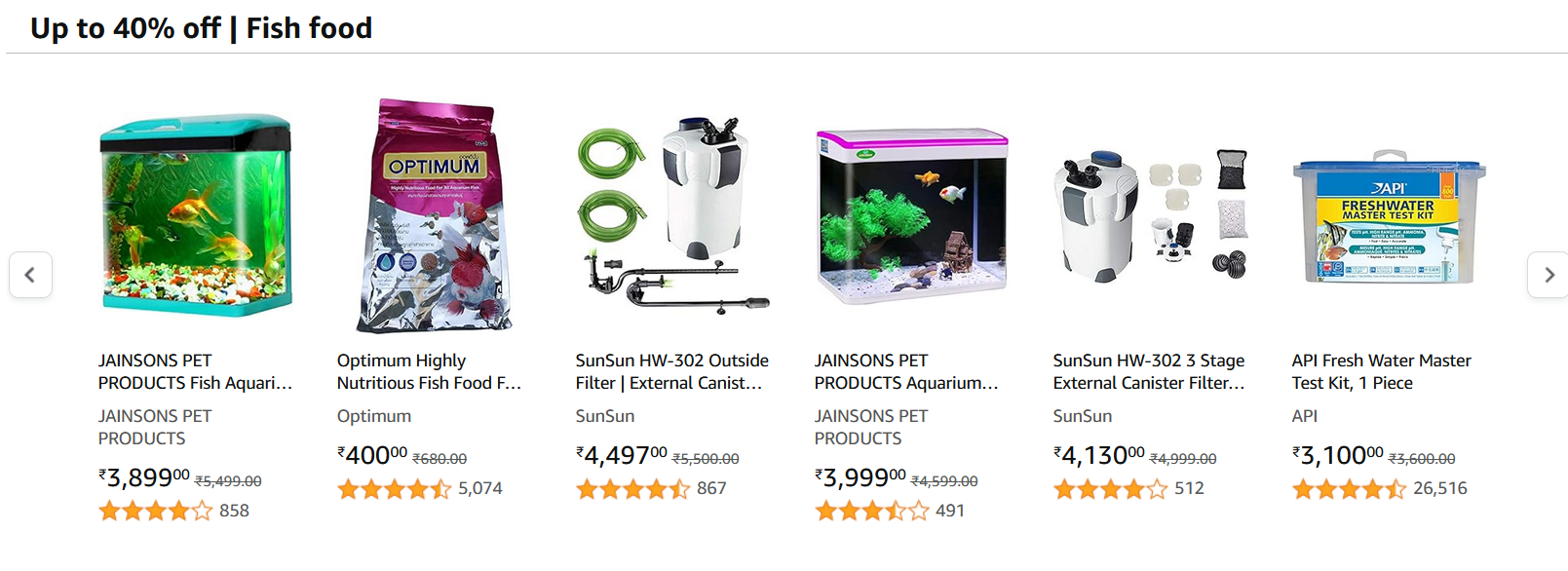Master hybrid Shing x Magur catfish farming with expert strategies for pond setup, feeding, disease control, and profitability. Achieve success!
Hybrid Catfish Farming: Strategies for Shing x Magur Success
Hybrid catfish farming, specifically combining the Shing (Heteropneustes fossilis) and Magur (Clarias batrachus) species, presents a lucrative aquaculture opportunity in many regions. This innovative approach leverages the superior growth rates, improved feed conversion ratios, and enhanced disease resistance often seen in hybrid varieties. However, achieving true success in this specialized field requires more than just mixing species; it demands a deep understanding of advanced aquaculture techniques, meticulous pond management, and proactive health strategies. This guide will unravel the essential techniques to cultivate a thriving and profitable hybrid Shing x Magur catfish farm, moving beyond conventional methods to embrace optimized, sustainable practices.
The Hybrid Advantage: Why Shing x Magur?
Combining Shing and Magur species results in a robust hybrid possessing desirable traits from both parents, making it highly appealing for commercial aquaculture. These hybrids typically exhibit significantly faster growth rates compared to their purebred counterparts, reaching marketable size quicker and increasing turnover. Furthermore, they often display enhanced resilience against common diseases, reducing mortality rates and the need for costly interventions. This genetic advantage translates directly into improved feed conversion ratios (FCR), meaning less feed is required to produce a kilogram of fish, thus boosting profitability. Understanding these inherent benefits is the first step towards optimizing farm operations and maximizing yields from your hybrid catfish venture.
Optimized Pond Preparation and Water Management
Successful hybrid catfish farming hinges on pristine environmental conditions, beginning with meticulous pond preparation. The pond should be designed to facilitate proper drainage and aeration, with a depth of 1.5 to 2 meters being ideal. Prior to stocking, thorough liming and fertilization are crucial to establish a healthy plankton base and stabilize pH levels. Post-stocking, continuous monitoring of water quality parameters such as dissolved oxygen (DO), pH, ammonia, and nitrite is paramount. Maintaining optimal DO levels (above 5 mg/L) through efficient aeration systems is especially vital for hybrid catfish. Regular water exchange and removal of sludge are critical to prevent the buildup of harmful substances, ensuring a stress-free environment conducive to rapid growth.
Advanced Nutritional and Feeding Strategies
Nutrition plays a pivotal role in the accelerated growth and health of hybrid Shing x Magur catfish. A high-quality, protein-rich diet (typically 30-40% protein, depending on the growth stage) is essential. Formulated pelleted feeds are recommended as they provide balanced nutrition and minimize waste. The feeding regimen should be carefully managed, distributing feed in small, frequent portions throughout the day rather than one large meal, which can improve digestion and reduce water pollution. Farmers should constantly observe fish behavior during feeding to adjust quantities, avoiding overfeeding which leads to feed wastage and poor water quality. Implementing a robust feeding strategy ensures maximum feed utilization, leading to superior growth rates and efficient resource management.
Proactive Disease Prevention and Biosecurity
Despite their enhanced disease resistance, hybrid catfish are not immune to health challenges, necessitating a strong focus on prevention and biosecurity. Implementing strict biosecurity protocols, such as disinfecting equipment, controlling access to the farm, and quarantining new stock, is fundamental to preventing pathogen introduction. Regular health checks and observing fish for unusual behavior are critical for early detection of potential issues. Maintaining optimal water quality and providing a balanced diet are the best defenses against stress-induced diseases. In the event of an outbreak, accurate diagnosis by an aquatic veterinarian is crucial for effective treatment. A proactive, preventative approach significantly reduces losses and safeguards the overall health of your hybrid catfish stock.
Interested in learning more about this topic?
Find Related Products on AmazonConclusion
Mastering hybrid Shing x Magur catfish farming offers significant rewards. By implementing advanced strategies in pond management, nutrition, and disease prevention, farmers can cultivate a highly productive and profitable aquaculture enterprise. Embrace these proven techniques to ensure sustainable success and contribute to the future of innovative fish farming.
Frequently Asked Questions
What are the main benefits of Shing x Magur hybrid catfish farming?
The primary benefits include faster growth rates, improved feed conversion ratios (FCR), and enhanced resistance to common diseases. This combination leads to higher yields and increased profitability for farmers.
How important is water quality in hybrid catfish ponds?
Water quality is paramount. Maintaining optimal levels of dissolved oxygen, pH, and low concentrations of ammonia and nitrite is crucial for preventing stress, disease, and ensuring healthy, rapid growth in hybrid catfish.
What kind of feed is best for hybrid Shing x Magur catfish?
A high-quality, protein-rich pelleted feed (typically 30-40% protein) specifically formulated for catfish is recommended. Consistent feeding with small, frequent portions helps in better digestion and nutrient absorption.
What are essential biosecurity measures for a hybrid catfish farm?
Key biosecurity measures involve disinfecting all equipment, controlling access to the farm, and quarantining new fish stock before introducing them to the main ponds. These steps prevent disease introduction and spread.
How can I prevent diseases in my hybrid catfish?
Disease prevention focuses on optimal water quality, providing a balanced diet, minimizing stress, and implementing strict biosecurity. Regular monitoring for early signs of disease is also vital.
What is the ideal pond depth for hybrid Shing x Magur farming?
An ideal pond depth for hybrid Shing x Magur catfish farming typically ranges from 1.5 to 2 meters. This depth provides adequate space, helps in temperature stability, and supports good water quality management.
Keywords
catfish farming, hybrid aquaculture, Shing Magur, fish pond, aquaculture success




.png)
